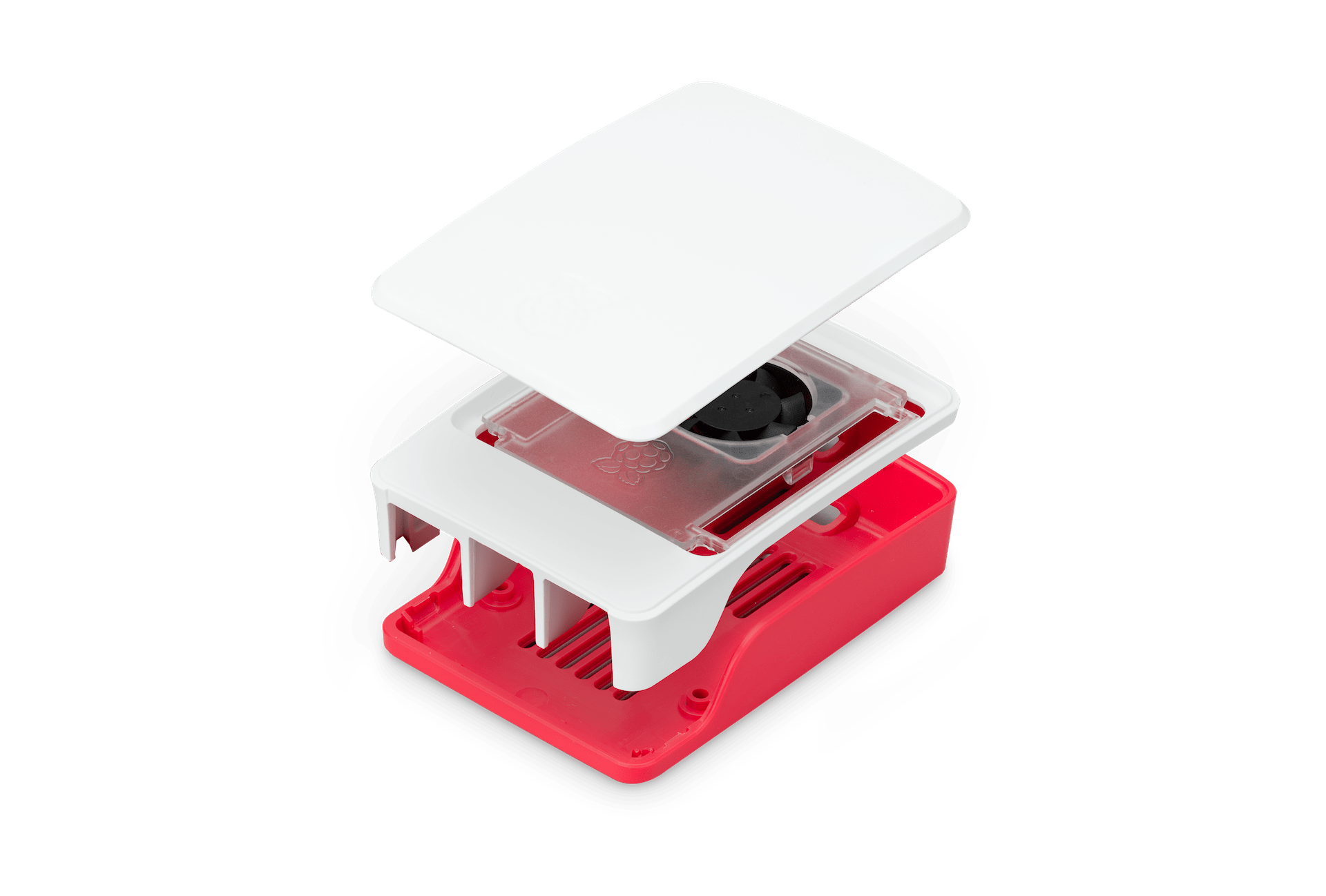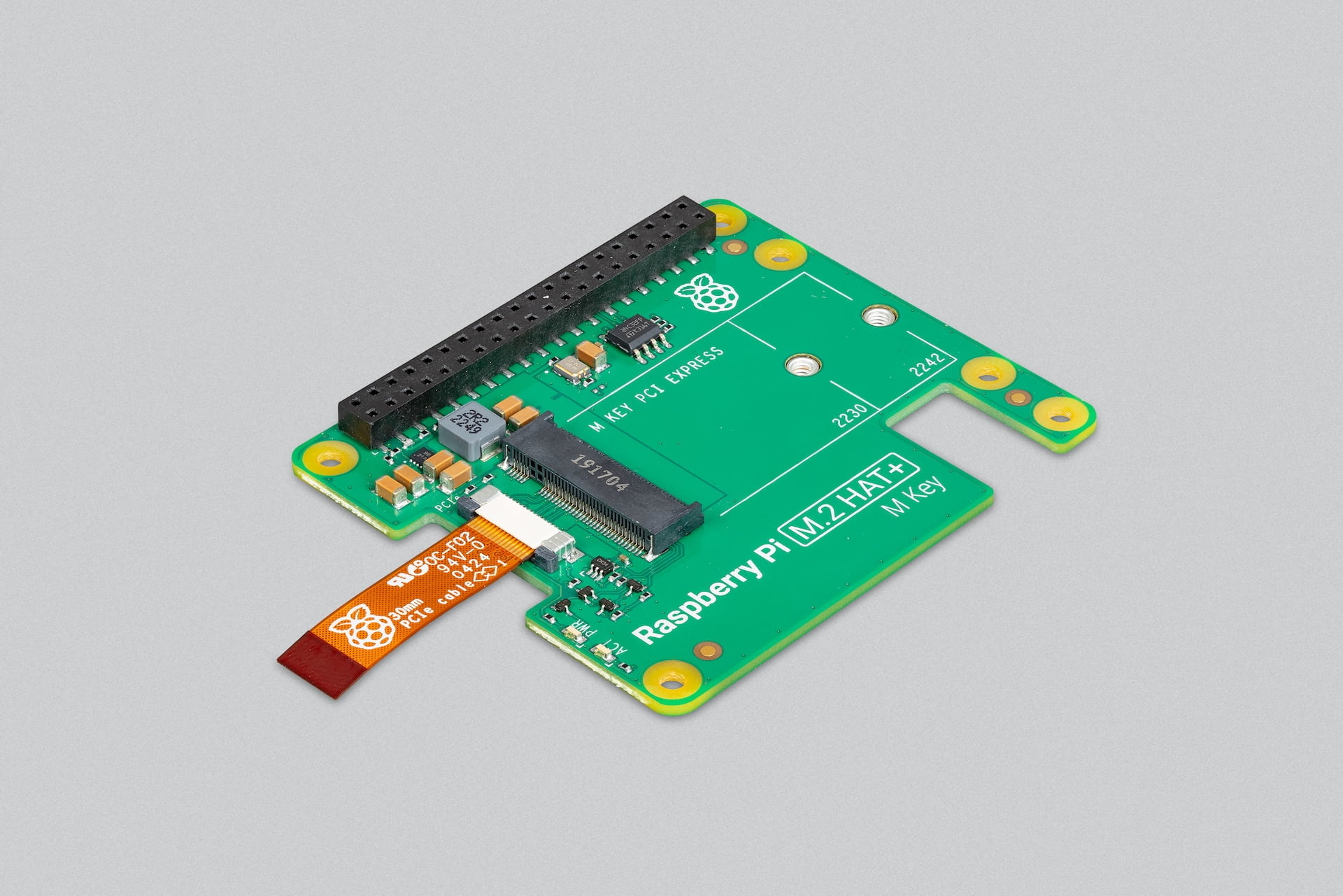Raspberry Pi RemoteIoT Free: The Ultimate Guide For Your Smart Projects
Hey there, tech enthusiasts! If you've ever dabbled in DIY electronics or smart home projects, you've probably heard of Raspberry Pi. But did you know that Raspberry Pi RemoteIoT free solutions can take your projects to the next level? Imagine controlling your devices from anywhere in the world without breaking the bank. Sounds cool, right? Well, buckle up because we're about to dive deep into the world of Raspberry Pi and its incredible capabilities for remote IoT projects.
Whether you're a beginner or a seasoned pro, this article will cover everything you know—and don’t know—about Raspberry Pi RemoteIoT free. We’ll break it down step by step, making sure you’re equipped with all the knowledge you need to get started. And trust me, this isn’t just another tech guide—it’s a game-changer.
Let’s get to it! By the end of this article, you'll not only understand what Raspberry Pi RemoteIoT free is but also how to implement it in your projects seamlessly. So, let’s roll!
Table of Contents
- What is Raspberry Pi?
- Raspberry Pi RemoteIoT Free Overview
- Benefits of Using RemoteIoT
- Getting Started with Raspberry Pi
- Setting Up Your RemoteIoT Project
- Tools and Software You Need
- Common Issues and Troubleshooting
- Real-World Applications
- Cost-Effective Solutions
- Conclusion
What is Raspberry Pi?
Raspberry Pi, or simply "Pi," is a small, affordable computer that’s been making waves in the tech world. It’s like a mini version of your desktop, but way more versatile. Designed primarily for educational purposes, Raspberry Pi has become a favorite among hobbyists, developers, and tech enthusiasts. Its compact size and low cost make it perfect for a wide range of projects, from building robots to creating smart home systems.
But here’s the kicker—Raspberry Pi can also be used for remote IoT applications. You can connect it to the internet and control devices remotely, opening up endless possibilities for innovation. Whether you’re managing a greenhouse, monitoring weather conditions, or automating your home, Raspberry Pi has got you covered.
So, what makes Raspberry Pi so special? Well, for starters, it’s super easy to use. Even if you’re not a tech guru, you can still get the hang of it with a little practice. Plus, there’s a massive community of users who are more than happy to help you out if you run into any issues. Now, let’s move on to the main event—Raspberry Pi RemoteIoT free.
Raspberry Pi RemoteIoT Free Overview
Raspberry Pi RemoteIoT free is basically a setup where you use Raspberry Pi to create and manage IoT projects without spending a fortune. Think of it as a DIY solution for remote IoT applications. Instead of relying on expensive proprietary systems, you can build your own using open-source software and hardware.
This approach offers a ton of benefits. First off, it’s cost-effective. You don’t have to shell out big bucks for expensive equipment or subscription fees. Secondly, it gives you complete control over your project. You can customize it to suit your specific needs, which is something you won’t always get with commercial solutions.
Another great thing about Raspberry Pi RemoteIoT free is the flexibility it offers. You can use it for a wide variety of applications, from simple home automation projects to complex industrial systems. And with the right tools and software, you can make it as powerful as you need.
Why Choose Raspberry Pi for RemoteIoT?
There are plenty of reasons why Raspberry Pi is the go-to choice for remote IoT projects. Here are just a few:
- It’s affordable and widely available.
- It has a large, supportive community of users.
- It’s compatible with a wide range of software and hardware.
- It’s easy to set up and use, even for beginners.
- It offers tons of customization options.
So, if you’re looking for a reliable, cost-effective way to get into remote IoT, Raspberry Pi is definitely worth considering.
Benefits of Using RemoteIoT
Now that we’ve covered the basics, let’s talk about why you should consider using Raspberry Pi for your remote IoT projects. Here are some of the top benefits:
1. Cost-Effective
One of the biggest advantages of Raspberry Pi RemoteIoT free is the cost. You don’t have to spend thousands of dollars on expensive equipment or software. With Raspberry Pi, you can get started for a fraction of the cost.
2. Flexibility
Raspberry Pi is incredibly flexible. You can use it for a wide range of applications, from simple home automation projects to complex industrial systems. And because it’s open-source, you have complete control over your project.
3. Community Support
The Raspberry Pi community is huge and incredibly supportive. Whether you’re a beginner or an experienced developer, you’ll find plenty of resources and help available online. From forums to YouTube tutorials, there’s no shortage of information out there.
4. Scalability
Another great thing about Raspberry Pi is its scalability. You can start small and gradually expand your project as your needs grow. Whether you’re building a smart home or managing a large-scale industrial system, Raspberry Pi can handle it.
These are just a few of the many benefits of using Raspberry Pi for remote IoT projects. As you can see, it’s a powerful tool that offers a lot of value for the price.
Getting Started with Raspberry Pi
Ready to dive into the world of Raspberry Pi? Here’s a quick guide to help you get started:
Step 1: Gather Your Materials
Before you begin, you’ll need a few things:
- A Raspberry Pi board (preferably the latest model).
- A microSD card with at least 16GB of storage.
- A power supply (make sure it’s compatible with your Raspberry Pi model).
- An HDMI cable (optional, if you’re connecting to a monitor).
- A keyboard and mouse (optional, if you’re not using remote access).
Step 2: Install the Operating System
Once you have all your materials, it’s time to install the operating system. Raspberry Pi OS is the official operating system for Raspberry Pi, and it’s easy to install. Simply download the image file, write it to your microSD card using a tool like Balena Etcher, and you’re good to go.
Step 3: Connect to Wi-Fi
To use Raspberry Pi for remote IoT projects, you’ll need to connect it to the internet. You can do this by configuring the Wi-Fi settings in the Raspberry Pi OS. Once you’re connected, you can start setting up your IoT devices.
And that’s it! With these simple steps, you’ll be up and running in no time.
Setting Up Your RemoteIoT Project
Now that you have your Raspberry Pi set up, it’s time to start your remote IoT project. Here’s a step-by-step guide to help you get started:
Step 1: Choose Your Project
The first step is deciding what kind of project you want to build. Do you want to create a smart home system? Monitor environmental conditions? Automate industrial processes? The possibilities are endless, so take some time to think about what you want to achieve.
Step 2: Gather Your IoT Devices
Once you’ve decided on your project, it’s time to gather your IoT devices. These could include sensors, actuators, cameras, or any other devices you need for your project. Make sure they’re compatible with Raspberry Pi and can be connected to the internet.
Step 3: Write Your Code
The next step is writing the code to control your IoT devices. Depending on your project, this could involve anything from simple scripts to complex algorithms. If you’re not familiar with coding, don’t worry—there are plenty of resources available to help you get started.
Step 4: Test and Deploy
Once your code is written, it’s time to test and deploy your project. Make sure everything is working as expected, and then deploy it to your Raspberry Pi. From there, you can control your devices remotely using a web interface or mobile app.
And there you have it—your very own Raspberry Pi RemoteIoT project!
Tools and Software You Need
To get the most out of your Raspberry Pi RemoteIoT project, you’ll need a few essential tools and software:
1. Raspberry Pi OS
This is the official operating system for Raspberry Pi. It’s free, easy to install, and comes with a ton of useful features.
2. Python
Python is one of the most popular programming languages for Raspberry Pi projects. It’s easy to learn and incredibly versatile, making it perfect for IoT applications.
3. MQTT
MQTT is a lightweight messaging protocol that’s perfect for IoT applications. It allows devices to communicate with each other over the internet, making it ideal for remote IoT projects.
4. Node-RED
Node-RED is a visual programming tool that makes it easy to create and manage IoT projects. It’s especially useful for beginners who are just getting started with coding.
These are just a few of the many tools and software available for Raspberry Pi RemoteIoT projects. With the right combination of tools, you can create powerful, flexible systems that meet your specific needs.
Common Issues and Troubleshooting
Even the best-laid plans can run into problems. Here are some common issues you might encounter when working on your Raspberry Pi RemoteIoT project, along with solutions to help you troubleshoot:
1. Connectivity Issues
Problem: Your Raspberry Pi can’t connect to the internet.
Solution: Check your Wi-Fi settings and make sure your Raspberry Pi is connected to the correct network. If the problem persists, try resetting your router or using a different Wi-Fi network.
2. Device Compatibility
Problem: Your IoT devices aren’t compatible with Raspberry Pi.
Solution: Make sure your devices are compatible with Raspberry Pi before purchasing them. If they’re not, you may need to use a different device or find a workaround.
3. Code Errors
Problem: Your code isn’t working as expected.
Solution: Double-check your code for errors and make sure it’s compatible with your Raspberry Pi and IoT devices. If you’re stuck, try searching for solutions online or asking for help in a Raspberry Pi forum.
By addressing these common issues, you can ensure a smoother experience when working on your Raspberry Pi RemoteIoT project.
Real-World Applications
Raspberry Pi RemoteIoT free isn’t just a theoretical concept—it’s being used in real-world applications all over the world. Here are a few examples:
1. Smart Agriculture
Farmers are using Raspberry Pi to monitor and control environmental conditions in their greenhouses. By automating irrigation, lighting, and temperature control, they can increase crop yields and reduce costs.
2. Home Automation
Homeowners are using Raspberry Pi to create smart home systems that can control lighting, heating, and security systems remotely. This not only makes life more convenient but also helps save energy and reduce bills.
3. Industrial Automation
Manufacturers are using Raspberry Pi to automate production lines and monitor equipment performance. By collecting data in real-time, they can improve efficiency and reduce downtime.
These are just a few examples of how Raspberry Pi RemoteIoT free is being used in the real world. As technology continues to evolve, we can expect to see even more innovative applications in



Detail Author:
- Name : Lionel Bogisich
- Username : wwyman
- Email : drolfson@adams.com
- Birthdate : 1998-07-17
- Address : 540 Madalyn Key Port Nora, WV 95538
- Phone : 678.497.6457
- Company : Runte, Prohaska and Greenfelder
- Job : Insurance Investigator
- Bio : At amet dolore aliquid voluptatem ipsam. Ea doloribus rerum iusto sed ab et.
Socials
twitter:
- url : https://twitter.com/corwina
- username : corwina
- bio : Modi id quasi totam reiciendis ducimus voluptatem dolores. Et nulla tempora aut aut ducimus. Nostrum similique in quam repellat accusantium doloribus.
- followers : 6931
- following : 582
instagram:
- url : https://instagram.com/acorwin
- username : acorwin
- bio : Corrupti veritatis accusantium officia animi perferendis aut. Iusto enim velit fugiat.
- followers : 2276
- following : 433